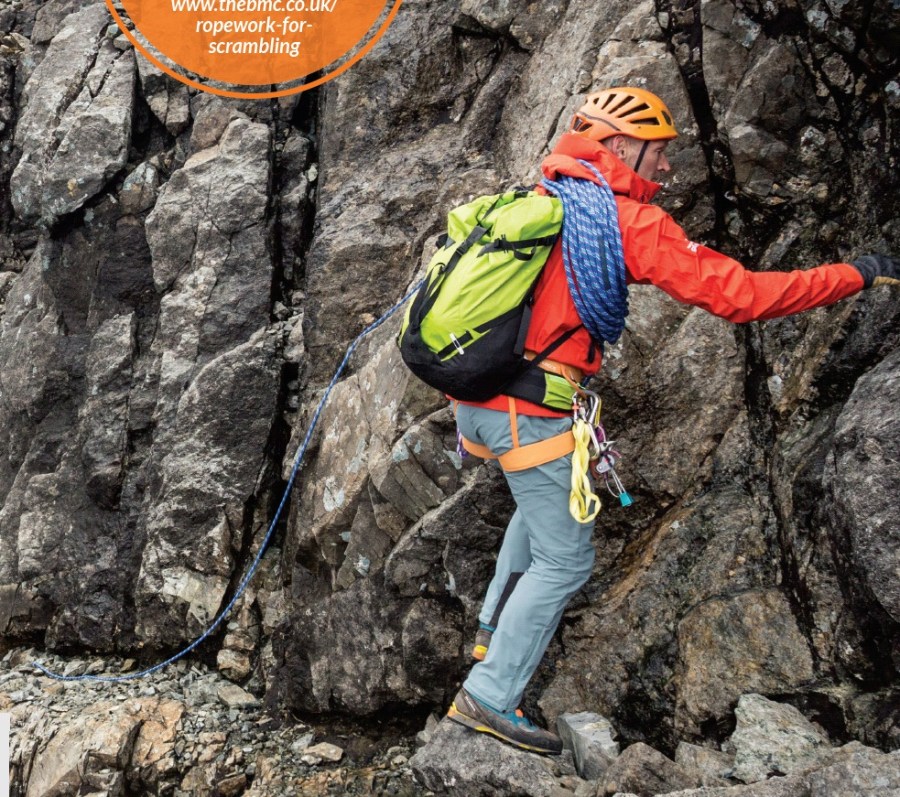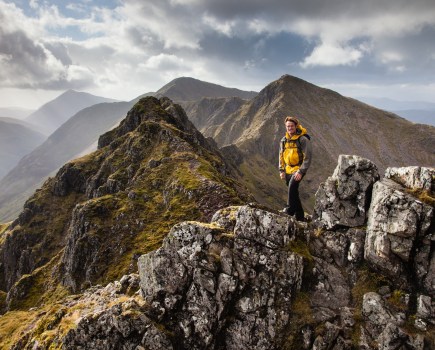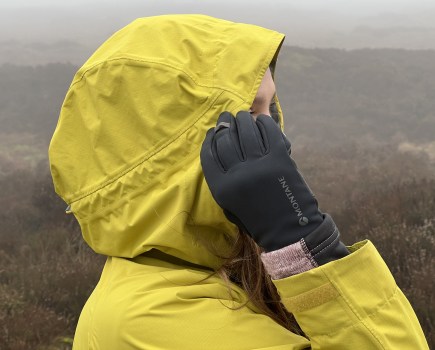Ticked off the easy low-grade classics and want to take your scrambling skills up a notch? It’s time to start thinking about rope-work. Here we take you through the basics of belaying, with information from the BMC and Mountain Training
Using ropes to protect your scrambles can often be complex, and making good judgements about what is required takes expertise and experience. The information below gives you a quick insight into some different belay methods you can use, but it shouldn’t be treated as a guide. The best way of getting this knowledge is face-to-face, by either learning from an instructor or taking a course in scrambling at a centre like Plas y Brenin or Glenmore Lodge. See the links below for more resources and information.
Belaying – different options
Belaying is the use of a rope to protect a climber from the consequences of a slip. When encountering tricky sections of a scramble, it may be safest for the first person up to belay the rest of the party from above, to allow them to reach the next safe place. Good judgement is required as to when this would be appropriate, but generally when scrambling the more confident and experienced person would climb the section first, either without protection and not being belayed, or being belayed from below and placing gear as a rock climber would. On reaching a ledge they would prepare to belay the others up to them using one of the techniques described below.
Belaying techniques should be thoroughly practised somewhere safe before being used, as the consequences of a mistake could be extremely serious. It is important with all of these methods that the rope is kept tight as the scrambler below ascends. If slack rope is allowed to build up then they could fall a long way before the rope goes tight, putting sudden large forces on the belayer, the climber and the anchors.
Direct belay around rock 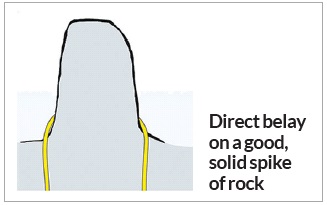
Running the rope directly around a solid anchor, normally a rock spike or block which must be bombproof and shaped appropriately to hold the rope without it slipping off or riding up. The belayer takes in the rope around the anchor; friction created by the rope enables the belayer to hold a slip.
Direct belay with an Italian Hitch
If an anchor is not suitable to accommodate the rope alone it may be possible to place a sling around it instead. This provides a direct belay by adding a HMS screwgate karabiner with an Italian Hitch. This is only appropriate if the anchor is bombproof, as it will take the whole load of a fall.
Indirect belay
This may be necessary if the anchors are not good enough to take a direct loading. The belayer ties on and belays from the central rope loop at the harness using an Italian Hitch or belay device as they would in a rock climbing situation.
Braced stance (hand over hand)
This method allows you to hold a minor slip and prevent a fall, but only if the rope is held securely with no slack in the system at all. The belayer stands with one foot forward or sits with feet braced against something solid. The hands grab the rope alternately and kink the rope, maintaining a constant tension and tight rope to the second. Careful judgement is required with this technique, as the consequences of it failing are potentially disastrous.
Braced sitting stance (waist belay)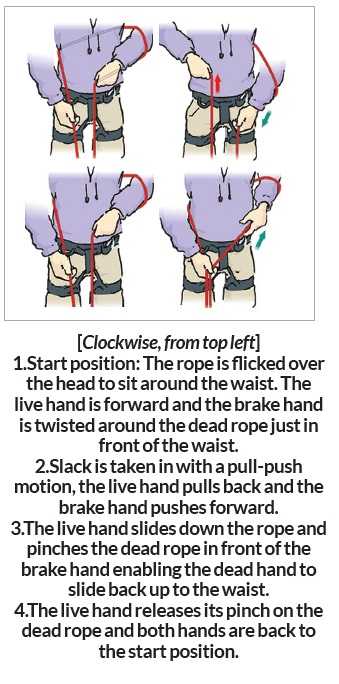
This is essentially the same as the above, but in a sitting stance with the rope running across the ground to create friction, which makes holding a slip easier. A waist belay ensures a firm grip on the rope and incorporates body weight too, with the feet braced against something solid. This is more secure than a braced stance but still requires careful judgement.
More information
‘Rock climbing’ book
The above information has been taken from ‘Rock Climbing: Essential Skills and Techniques’, the official Mountain Training handbook, by Libby Peters. Order it from the BMC shop at www.bmcshop.co.uk
Instructors and courses
There are hundreds of Mountaineering Instructors and Guides across Britain who can literally show you the ropes when it comes to scrambling. Use the Mountain Training website to find one near you: www.mountain-training.org/find/find-a-leader – look for somebody who holds the Mountaineering Instructor Award (MIA) or the Mountaineering Instructor Certificate (MIC), or who is a IFGMA affiliated British Mountain Guide.
The BMC’s two-day ‘Scrambling Essentials’ courses are run through Plas y Brenin in Snowdonia and are subsidised by Sport England, so you pay less. Check them out here: www.thebmc.co.uk/scrambling-essentials

